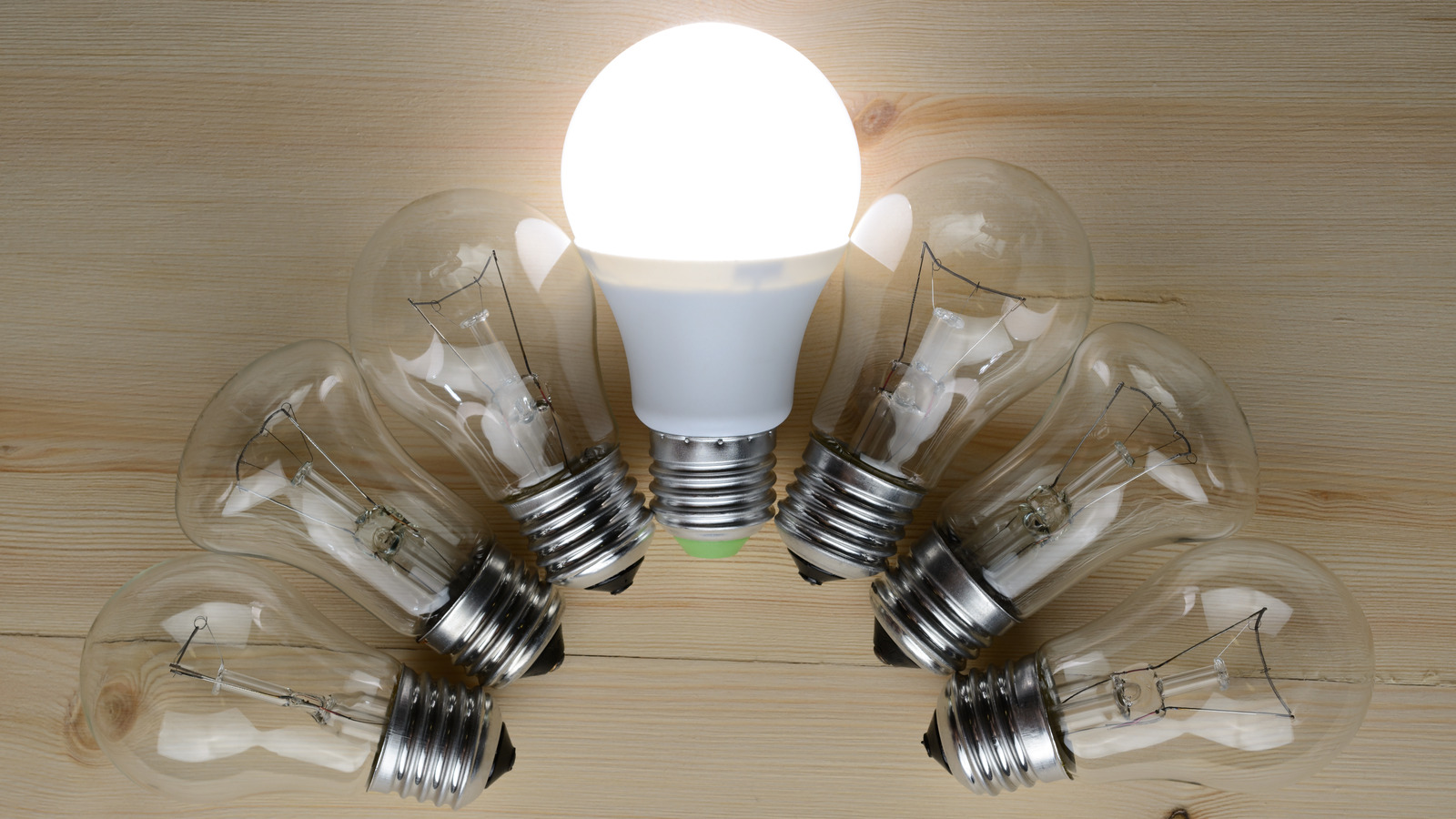
An LED bulb is a far more versatile option and ideal for people with a smart home or individuals who want more color in their lives. The nature of the LED itself, coupled with other technology within the bulbs, means things like brightness, tone, and color are often customizable. Lights can also be connected to an app or home network and controlled remotely or set to a timer with ease.
You can technically do all of these things with an incandescent bulb, but it’s far more complex and requires extra equipment. For example, connecting an incandescent bulb to a smart home network requires you to connect a smart plug to your lamp or fit a smart switch in the case of a light fixture. You may also have to look for dimmer switches, which require specialist bulbs or certain lamps to get the effect you want. In terms of colors, incandescent bulbs tend to produce a bright yellow light and nothing else. This means you have to alter the bulb’s glass or use some kind of lens if you want to change the color.
So if you find plain white light boring and want to brighten up your dwelling in a creative manner, LED is both more convenient and significantly cheaper. Skeptics who find the light LEDs emit to be too bright and a bit “clinical” can shop for bulbs that can produce a “color temperature” of around 2,700 Kelvin. This should give you a similar effect to a standard tungsten filament lightbulb.
For all the latest Gaming News Click Here
For the latest news and updates, follow us on Google News.
